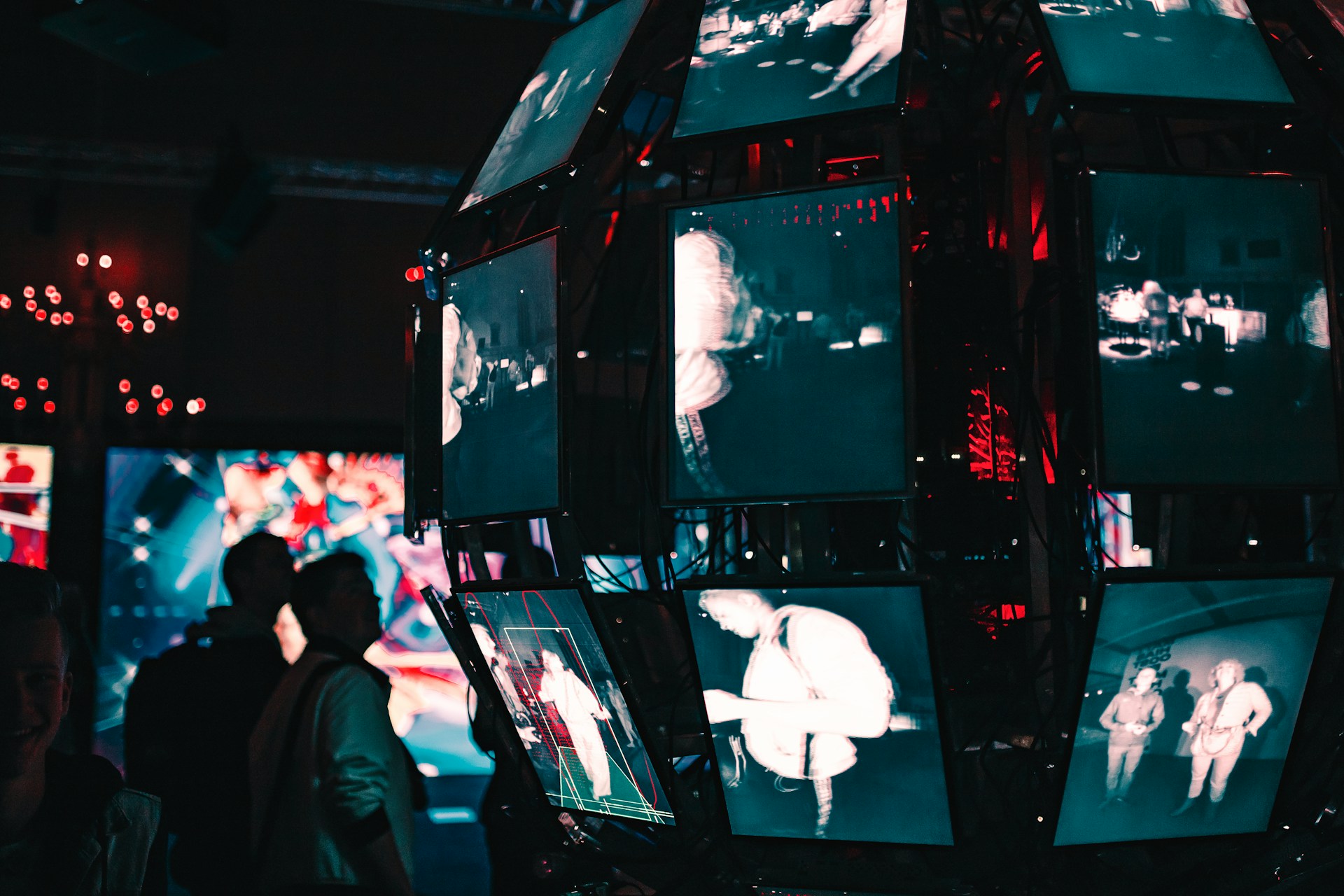E-commerce growth poses a unique challenge for UK merchants: high return rates can significantly impact profitability. Virtual try-on technology offers a powerful solution, allowing customers to visualize products before purchasing. This innovative approach enhances the shopping experience, reduces guesswork, and can lead to increased sales. By embracing this technology, retailers can not only minimize returns but also foster customer confidence and loyalty, transforming their business landscape for the better. Let’s explore how this technology can reshape retail strategies.
Overview of Virtual Try-On Technology
Virtual Try-On Technology is revolutionising the retail industry by allowing consumers to visualise products in a digital environment before making a purchase. This innovative technology utilises Augmented Reality (AR) to overlay digital images onto real-world views, providing a seamless and interactive shopping experience. By integrating AR, consumers can “try on” clothing, accessories, or even makeup from the comfort of their homes, reducing the uncertainty often associated with online shopping.
Have you seen this : Transforming Customer Experience: Leveraging Big Data for Tailored Services in UK Retail Banking
The evolution of Virtual Try-On Technology in the retail sector has been remarkable. Initially, it began with simple digital overlays but has now advanced to highly sophisticated systems. These systems can accurately map a user’s body or face, ensuring that the virtual representation is as realistic as possible. This progression has not only enhanced consumer confidence but also increased engagement and sales for retailers.
Retail Innovation is at the heart of this transformation. By adopting these technologies, retailers are not only meeting the demands of tech-savvy consumers but also setting themselves apart in a competitive market. As the technology continues to evolve, it promises to further blur the lines between physical and digital shopping, offering an even more immersive experience.
Have you seen this : Maximizing Care Access: Innovative Telemedicine Strategies for UK Healthcare Providers
Benefits of Virtual Try-On for UK Retailers
Virtual Try-On technology is transforming the customer experience in the UK retail sector. By allowing consumers to visualise products digitally, retailers can significantly enhance customer satisfaction and engagement. This technology provides a more personalised shopping experience, leading to increased consumer confidence and a higher likelihood of purchase.
One of the most notable benefits of Virtual Try-On is the reduction in return rates. With a clearer understanding of how products will look, customers make more informed purchasing decisions, which decreases the likelihood of returns. This not only improves customer satisfaction but also reduces the costs associated with processing returns, positively impacting retail profitability.
Furthermore, adopting Virtual Try-On technology offers competitive advantages in the UK retail market. Retailers who integrate this technology can differentiate themselves by providing a cutting-edge shopping experience that appeals to tech-savvy consumers. This innovation helps retailers maintain a competitive edge, attracting new customers and retaining existing ones.
In summary, the benefits of Virtual Try-On technology are manifold, from boosting customer engagement to enhancing profitability and securing a competitive position in the market. As this technology continues to evolve, its impact on the retail landscape is expected to grow even further.
Implementation Strategies for Virtual Try-On Technology
Integrating Virtual Try-On Technology into retail systems requires a well-thought-out approach. Retailers must first evaluate their existing infrastructure to ensure compatibility with new technologies. This involves assessing current digital platforms and identifying any necessary upgrades. Once the groundwork is laid, the next step is to choose the right technology partner. Collaborating with experienced AR developers can streamline the process and ensure seamless implementation.
Technology Integration is crucial for a smooth transition. Retailers should focus on creating an intuitive interface that complements their brand identity. This includes designing a user-friendly experience that encourages consumer interaction while maintaining simplicity. Best practices include clear navigation, responsive design, and easy access to virtual try-on features.
Training staff is another essential component. Employees must be well-versed in the new technology to assist customers effectively. This involves comprehensive training sessions and ongoing support to address any challenges. Educating customers is equally important. Providing tutorials or demonstrations can enhance user confidence and encourage adoption of the new system.
In summary, successful retail strategies for implementing virtual try-on technology involve careful planning, effective design, and thorough education of both staff and customers. These steps can help retailers maximise the benefits of this innovative solution.
Statistical Data on Return Rates and Virtual Try-On Effectiveness
In the UK retail industry, return rates have long been a challenge, with some sectors reporting figures as high as 30%. This represents a significant cost burden for retailers, impacting both logistics and profitability. However, recent data analysis reveals that Virtual Try-On Technology can effectively reduce these rates.
Studies indicate that retailers using virtual try-on solutions have experienced a reduction in return rates by up to 25%. This is attributed to consumers making more informed purchasing decisions when they can visualise products accurately before buying. Such data underscores the positive impact of virtual try-on technology on consumer behaviour and retailer outcomes.
Case studies provide further evidence of success. For instance, a leading fashion retailer reported a 20% decrease in returns after implementing virtual try-on features, alongside a 15% increase in conversion rates. These figures highlight the dual benefit of enhancing customer satisfaction while boosting sales.
By examining these statistics, it’s clear that virtual try-on technology offers a compelling solution to the persistent issue of high return rates, proving its value in the modern retail landscape.
Real-World Case Studies of Virtual Try-On Implementation
Exploring case studies of UK retailers reveals the transformative impact of virtual try-on technology on the retail landscape. One notable success story involves a prominent UK fashion retailer that integrated virtual try-on features into their online platform. This innovation allowed customers to visualise clothing on a digital model resembling their own body type, leading to a 20% reduction in return rates and a 15% increase in sales conversions.
Another compelling example is a cosmetics retailer that utilised augmented reality to enable customers to “try on” makeup products virtually. This retail example not only enhanced customer satisfaction but also boosted engagement, as consumers enjoyed experimenting with different looks from their devices. The result was a significant uptick in product trials and purchases.
These success stories highlight several lessons for the retail industry. Retailers have learned that investing in user-friendly interfaces and ensuring seamless integration with existing platforms are critical for maximising the benefits of virtual try-on technology. As the technology continues to evolve, the future outlook is promising, with potential for even more personalised and immersive shopping experiences. Retailers embracing this trend are likely to maintain a competitive edge in the ever-changing market.






